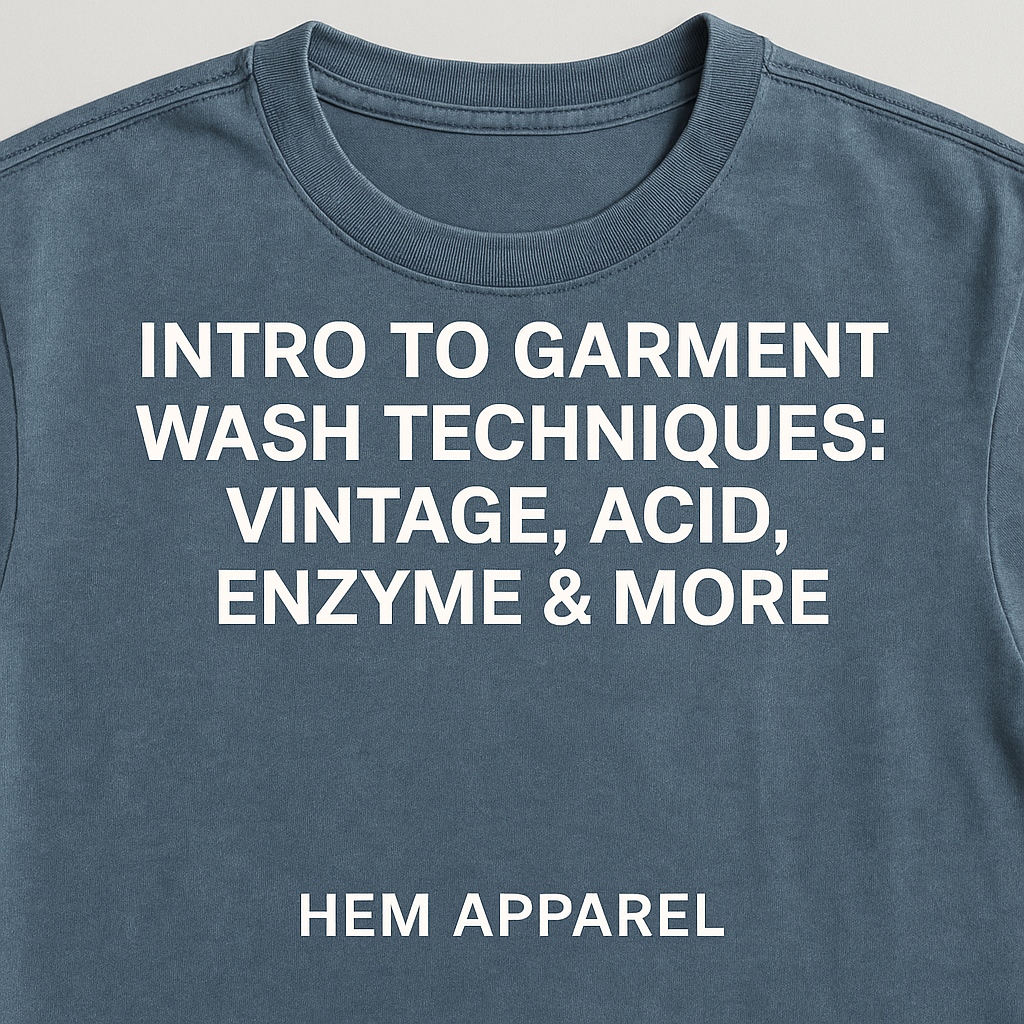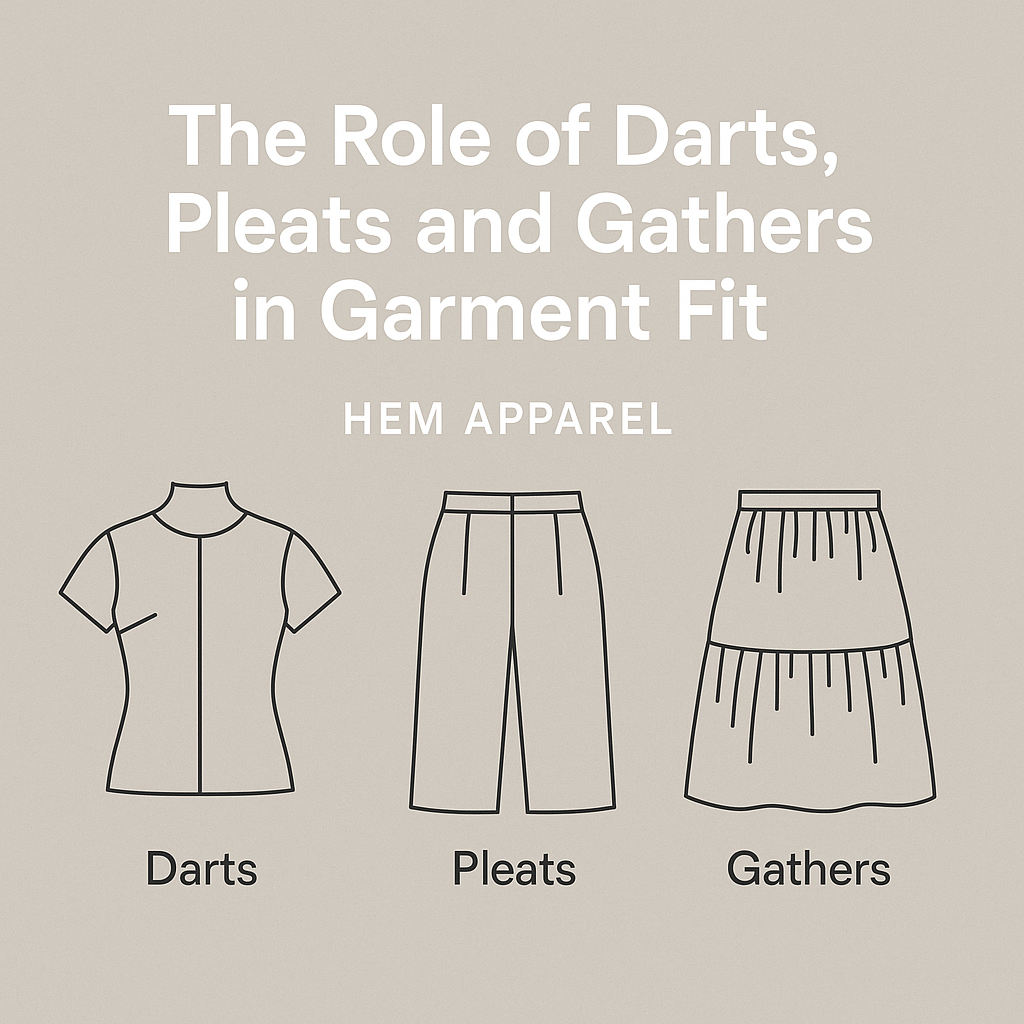Chambray and denim both have that classic indigo look — but they’re built differently and serve different fashion purposes.
At HEM APPAREL, we help brands choose between the two based on comfort, structure, and style goals — especially when designing shirts, pants, or lightweight jackets.
🧵 What Is Chambray?
-
A plain weave fabric: one colored yarn (usually indigo) + one white yarn
-
Lightweight, soft, and smooth
-
Looks like denim but feels like a shirt fabric
✅ Best for breathable tops, dresses, and relaxed casualwear
👖 What Is Denim?
-
A twill weave fabric: diagonal ribbing visible on surface
-
Heavier, thicker, and more structured
-
Worn on the outside: typically blue on front, white on back
-
Gets softer with wear but starts stiffer
✅ Ideal for jeans, jackets, workwear, and outer layers
📏 Chambray vs Denim at a Glance
| Feature | Chambray | Denim |
|---|---|---|
| Weave Type | Plain weave | Twill weave |
| Weight | Light (~100–160gsm) | Heavy (~250–400gsm) |
| Handfeel | Soft, smooth | Thick, rugged |
| Common Use | Shirts, dresses, linings | Pants, jackets, overalls |
| Breathability | ✅ High | ❌ Lower |
| Stretch Option | With spandex blend | With spandex or rigid |
👕 When to Use Chambray
-
You want a lightweight shirt with denim vibes
-
Your brand is focused on relaxed, breezy silhouettes
-
You need a soft handfeel but want a blue-toned fabric
👖 When to Use Denim
-
You want to create structured pants or outerwear
-
You're aiming for a rugged, heritage or workwear look
-
You plan to distress, wash, or fade the garment over time
🧠 HEM APPAREL’s Tip:
Don’t just go by color — the weave makes a big difference.
If you're making a summer-ready “denim look” shirt, go for lightweight chambray.
For outerwear, stick with mid- or heavy-weight denim — we offer options in rigid, stretch, or organic blends.
MOQ from 300 pcs/style, and we help match GSM, finish, and wash based on your concept.





